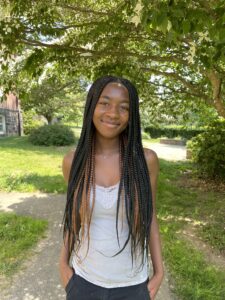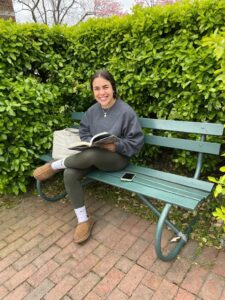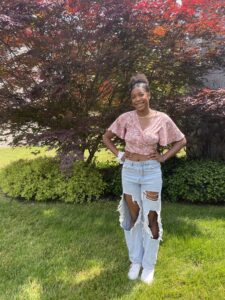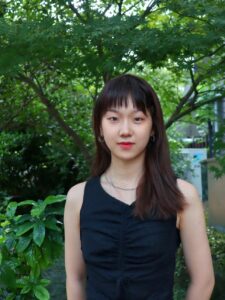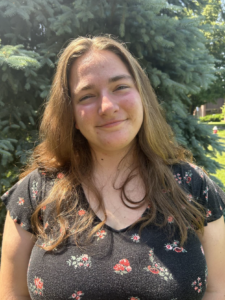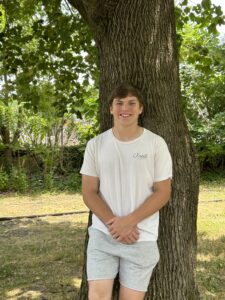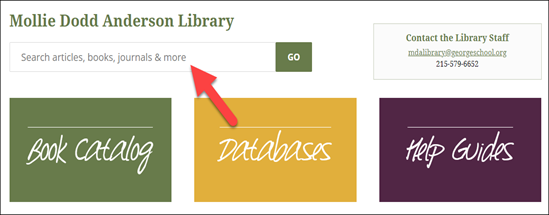A Click Away: Creative
The technical skills and creative thinking learned in George School arts classes have been central to the life, work, and success of our graduates. Alumni were recently asked to share their experiences in the arts at George School and beyond. Some of the responses are highlighted here.
1956 | Natalie Scull Watkins
Discipline, practice, patience, deep understanding of the work at hand, cooperation with others, striving for the best—these were all necessary preparation for a good performance. They are traits that can easily be transferred to other aspects of life.
1959 | Nicholas Spies
I learned to never be fearful of failure before trying, and then [to try] my utmost until I succeeded. A corollary of this is to realize that nearly everyone else is fearful of failing as well, so life’s playing fields are more level than most suspect.
1965 | Virginia W. Walden
My art classes with Ruth Pleasanton inspired my life with possibilities and the skills to make them real. As I developed skills, I developed confidence in how to express my feelings and emotions and my ideas. This skill has carried over into all areas of my life and has spread into a gift for teaching the arts as well. My art skills and explorations have kept me sane and connected to my center, my Inner Self, in our challenging world of today.
1966 | Anne Comfort Morrell Robinson
Most of us have to come to the reality that actually making a living from art is seldom achieved without teaching or publishing. I had to be willing to accept living a simple life in return for doing my art.
1968 | Moira Eitzen Haag
Theater is one of the collaborative arts, and is a great place to learn the value of each member of any team or working group, in addition to offering its variety of creative outlets. The arts and creative writing, which I also very much enjoyed at GS, are an important part of a complete education. Testing new ideas, and finding new ways to look at the world around us are always valuable experiences.
1969 | John C. Widenmeyer
As a scientist, I have come to recognize an ability that some have to step beyond the formula and leap to the answer. Medicine contains the artist’s ability to be creative and inspired.
1969 | David R. Williams
I am a teacher and educational leader. The acting skills learned at GS have increased my effectiveness in communicating by orders of magnitude. Further, as a science major in college, I continued to take acting classes as a means of balancing my mental and emotional being. Too much left brain needed a bit of right brain to offset it. Karma balancing dogma, if you will.
1972 | Barbara P. Winn
Anything worth doing is worth doing well. Striving for excellence in all things, whether it’s your particular talent or not, makes the world a better place. Imagination, creativity, and high standards are surprisingly welcome (and sometimes a welcome surprise) in non-artistic settings.
1974 | R. Michael Wommack
John Sears was responsible for nurturing my drawing and painting abilities. Through John’s class, George School gave me an opportunity to immerse myself. I think George School was unique at the time in its devotion to and emphasis on the arts, and I benefited from that.
1975 | Donzaleigh Abernathy
If you truly believe that you can make this dream come to fruition because of your creativity and your artistic soul, you have to totally commit yourself to it and work unrelentingly to be the best you can be and to put your art out there.
1977 | Pamela Howard Goffman
Autonomy and collaboration are highly transferrable skills. In teaching me autonomy, my experience gave me confidence to try out my ideas without fear of failure. In teaching me collaboration, [my experience allowed me] to learn how to really listen to others, self advocate, compromise, or put my own ideas aside to try someone else’s.
1979 | Jody Krosnick Rodgers
John Sears had an amazing ability to teach his students how to see. We looked at things in three dimensions, took them apart, and put them back together. This cognitive function training helped us with our perception, creation of imagery, thinking, memory, and judgment. These skills are particularly important to reconstructive surgery.
1984 | Tara Chambers
I fell in love with Among Friends, a beloved 1984 production that was written, directed, and choreographed by George School students. I still remember feeling sad when we performed the last show, as I didn’t want it to end.
1985 | Lane J. Savadove
My most formative experience at George School came from my fellow students. There was a generosity of spirit I had never experienced before.
1988 | Timothy (Tim) Case
Scott Hoskins was among the most influential teachers I had in four years at GS. I learned a great deal about finding balance in life while being deeply involved in one activity. He taught me about prioritization and focus, and finding joy in group craft-making.
1988 | Lauren Yusem Gums
I was the photography editor of the yearbook. The experience taught me a lot about working with others, and experiencing and appreciating their work through their eyes—something I do every day in my job as a healthcare administrator in quality.
1988 | Arielle Saiber
I loved all my visual art classes and teachers, even though I was not good at drawing, painting, or ceramics. I fared better with stagecraft, audiovisual crew, and the yearbook (I was the editor my senior year). I learned a great deal from [these arts], especially with regard to organization, focus, teamwork, patience, and problem-solving. I also learned a number of technical things (lighting, sound) that fascinated me. I think my love of technology grew, in part, out of my work in these arts.
1990 | D. Scott Collins
[I learned] patience and perseverance. You have to be willing to put a lot of hours into a woodworking project, which is what it takes now in the working world.
1991 | Winter Miller
Nelson Camp was really interested in art and activism, and how they intersected. He wanted us to think critically, and he wanted us to know about people who were not necessarily like us or like people we’d grown up with.
1991 | Elizabeth Evans Rylander
I stood up and auditioned for vocal groups, in and after college. I stood up and left a college I didn’t like. I stood up to give a presentation at a conference during law school. I stood up and argued in court. Just standing up is still the hardest part.
1992 | Gia Sung
If it weren’t for that great foundation at George School, I’m not sure if I would have continued to be so passionate about pursuing art and design. I consider the George School arts program responsible for what I do in life now.
1993 | Sam Laybourne
Michael Sherrin’s lessons about dialogue and comedic timing are especially helpful with my work now. He instilled a sense of professionalism in his students, expecting them to be on time, to work hard, and to do their best.
1993 | Samuel Moyer
Be fearless, be humble, and keep asking the hard questions, even if you can’t see what the answers are. Work hard, work harder, and then you still haven’t worked hard enough.
1995 | Dashiell D. Flynn
The most important skill I learned is to always look for other solutions or other ways of presenting your ideas.
1996 | Sarah Kemp Newton
I learned the value of artistic expression and the power of the arts to uplift and to add meaning to the human experience.
2003 | David (Sam) Metcalf
I have found that creative thinking is essential not only to self-expression and observing visual and spatial relationships, but also to almost every thought process that requires analysis, whether it be semiological or scientific. The skills I developed through art were particularly helpful in studying literature and visualizing information.
2007 | James (Jim) Toggweiler
I’d say studying art in general has fostered a great deal of patience in me. More so than in other areas of study, dedicated and long-term artistic study truly impresses upon the artist the simple lesson that if you practice something (anything), you will get better at it, and also serves as a very clear medium for that progress to be observed by the artist and by others.
2009 | JoAnn Riker
The most valuable technique I learned from theater teacher Maureen West was Meisner’s “in the moment” acting method. It helped my growth not only as an actor but also as a person. It also has given me an edge over the other international business majors because I am prepared to react calmly and instinctively to problems I am given, and to the mock interviews we have to do in class.
Read more about the arts program and our alumni in the April 2010 Georgian.

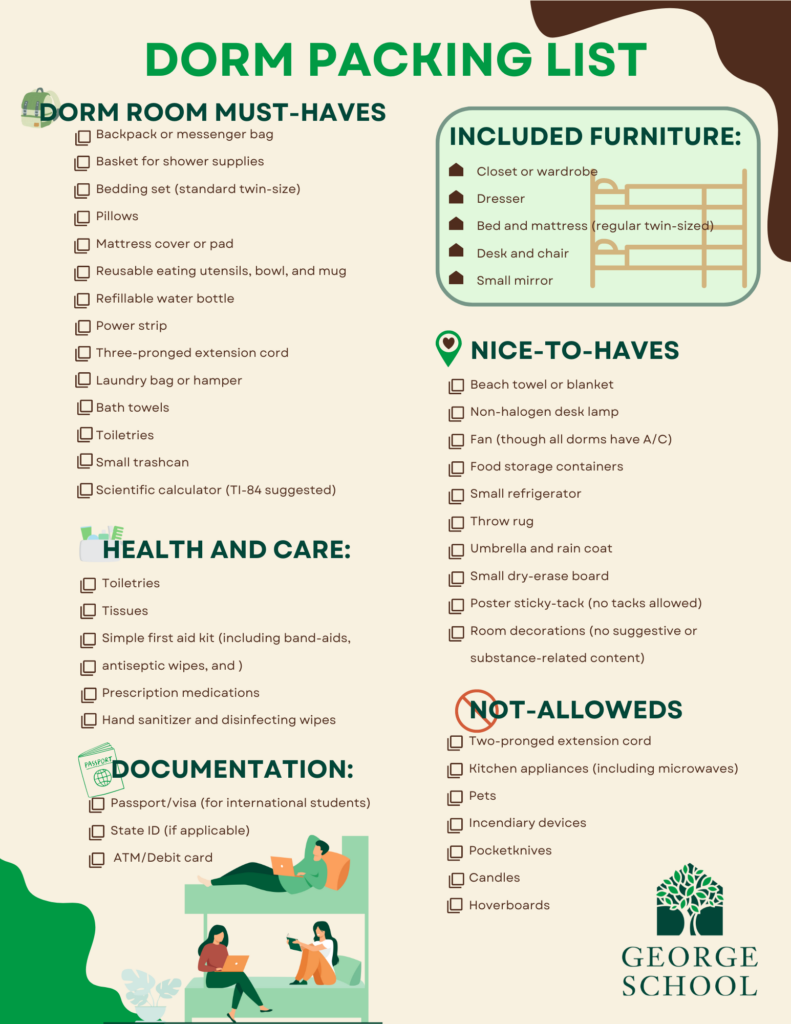
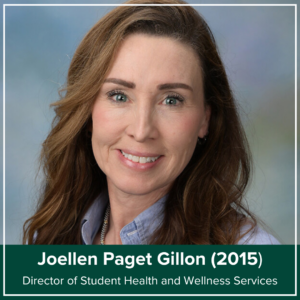 Joellen Paget Gillon (2015)
Joellen Paget Gillon (2015)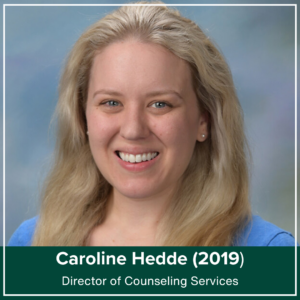 Caroline Hedde (2019)
Caroline Hedde (2019)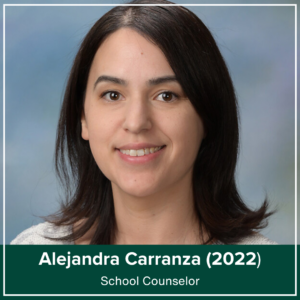 Alejandra Carranza (2022)
Alejandra Carranza (2022) Dr. Mariam Mahmud (2020)
Dr. Mariam Mahmud (2020) Indira Rodrigo (2008)
Indira Rodrigo (2008)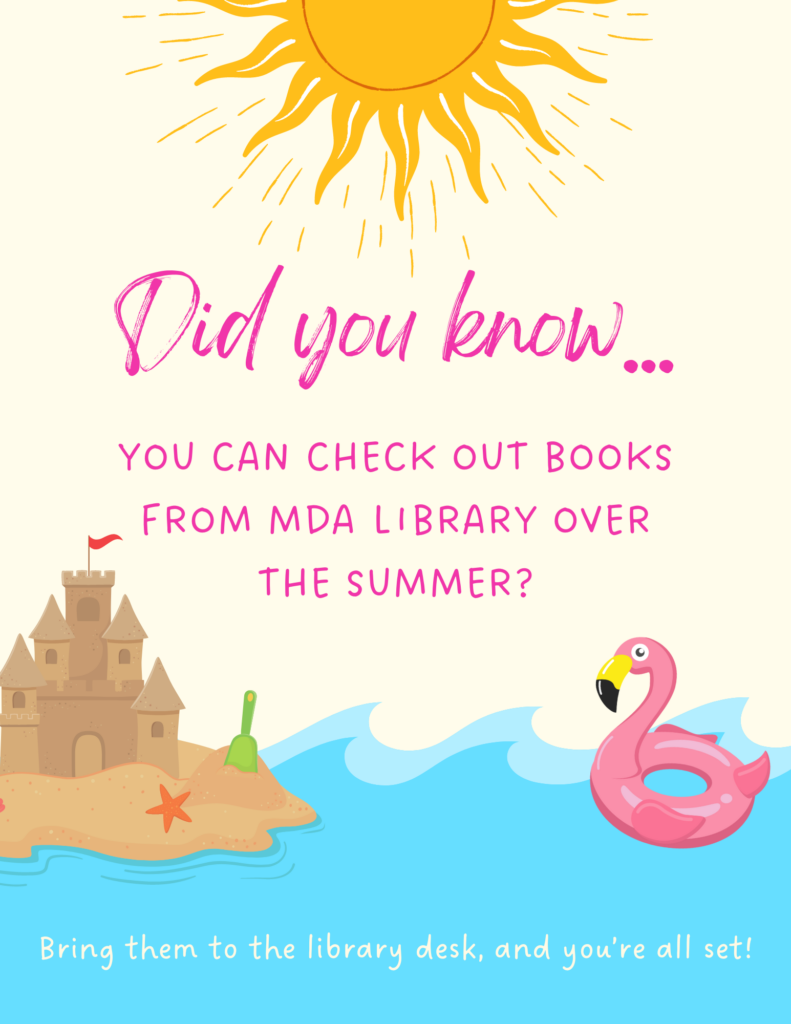
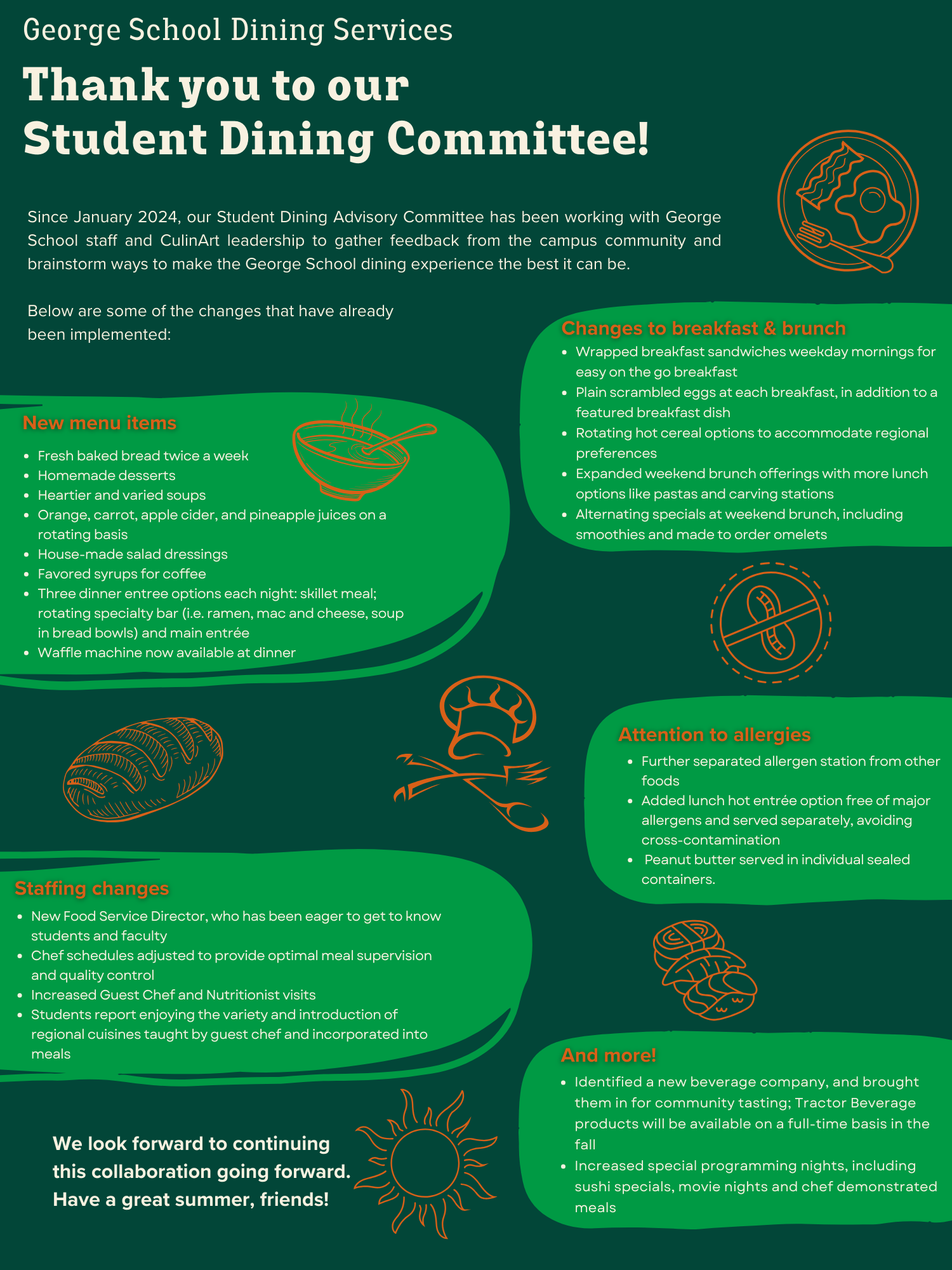
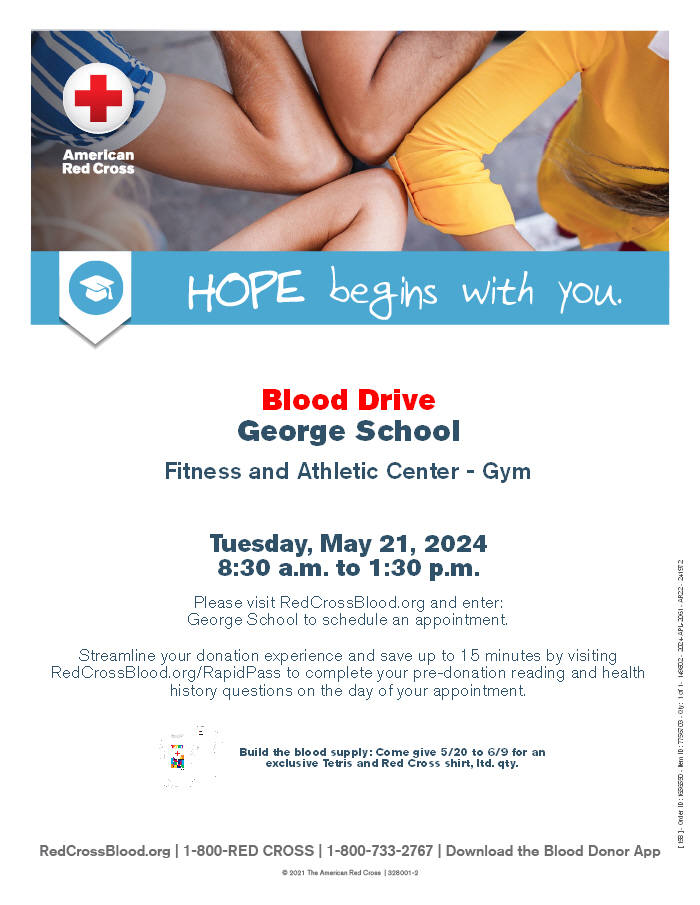

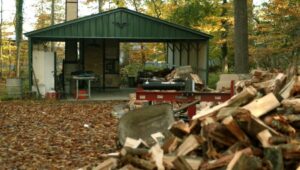
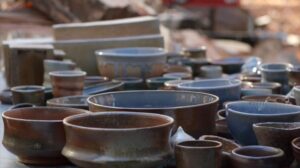
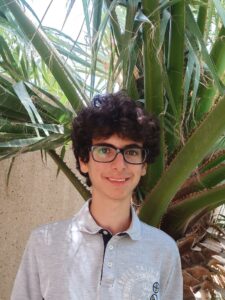 Monastir, Tunisia, and Amman, Jordan
Monastir, Tunisia, and Amman, Jordan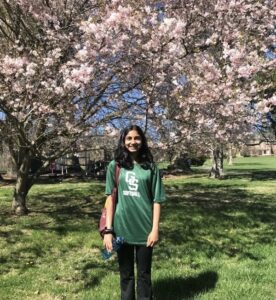 Irvine, CA
Irvine, CA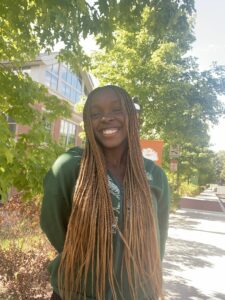 Feasterville-Trevose, PA
Feasterville-Trevose, PA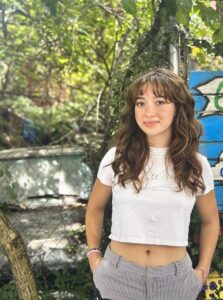 New Hope, PA (Previously NYC)
New Hope, PA (Previously NYC)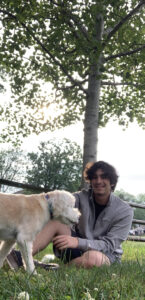 Richboro, PA
Richboro, PA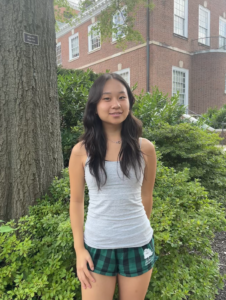 Englewood, NJ
Englewood, NJ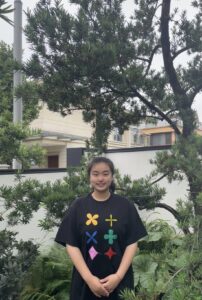 Ningbo, Zhejiang, China
Ningbo, Zhejiang, China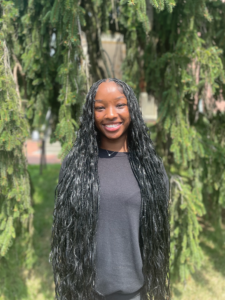 Willingboro, NJ
Willingboro, NJ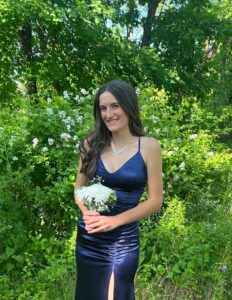 Yardley, PA
Yardley, PA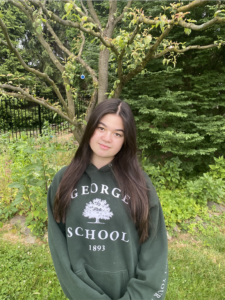 Newtown, PA
Newtown, PA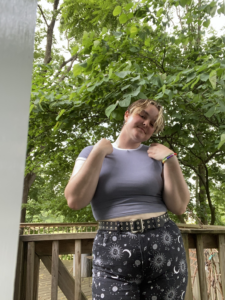 Holicong, PA
Holicong, PA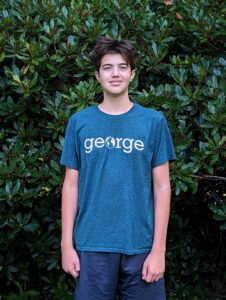 Newtown, PA
Newtown, PA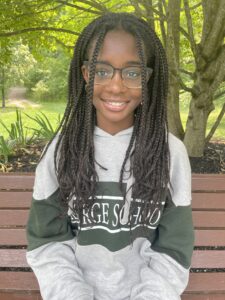 Hamilton, NJ
Hamilton, NJ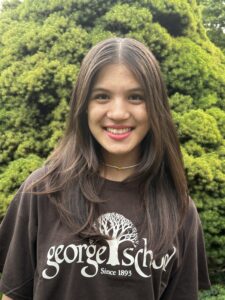 Yardley, PA
Yardley, PA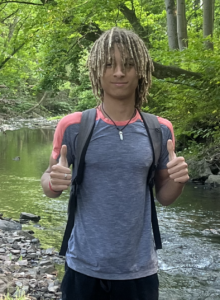 Lambertville, NJ
Lambertville, NJ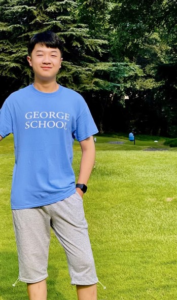 Chongqing, China
Chongqing, China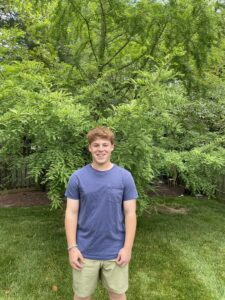 Pennington, NJ
Pennington, NJ Yardley, PA
Yardley, PA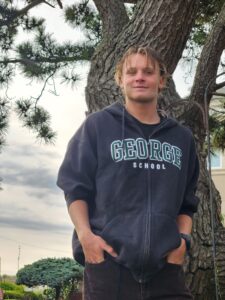 Bensalem, PA
Bensalem, PA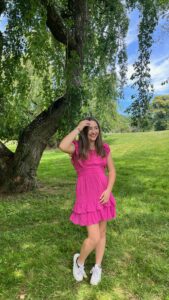 Borgota, Colombia
Borgota, Colombia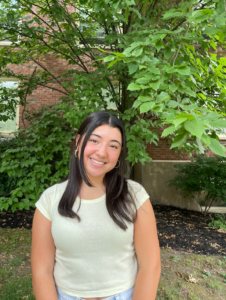 Newtown, PA
Newtown, PA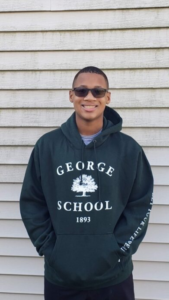 Burlington, NJ
Burlington, NJ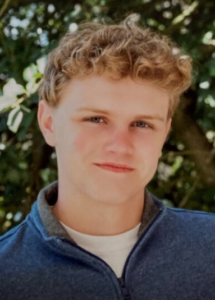 Langhorne, PA
Langhorne, PA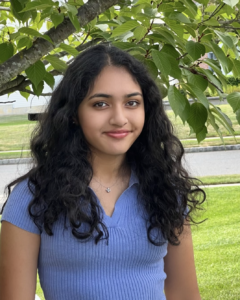 Princeton, NJ
Princeton, NJ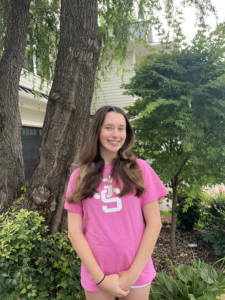 Langhorne, PA
Langhorne, PA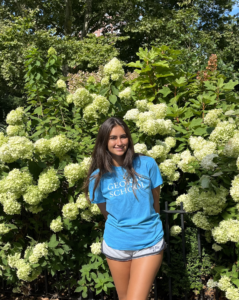 New York City, NY
New York City, NY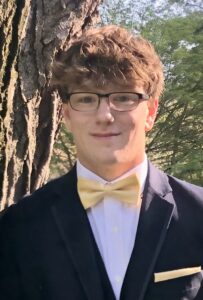 New Hope, PA
New Hope, PA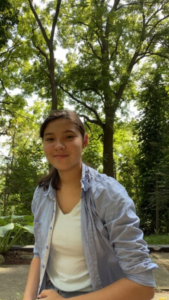 St. Catharines, Ontario, Canada
St. Catharines, Ontario, Canada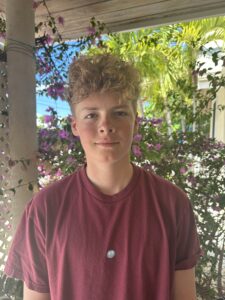 Providenciales, Turks and Caicos Islands
Providenciales, Turks and Caicos Islands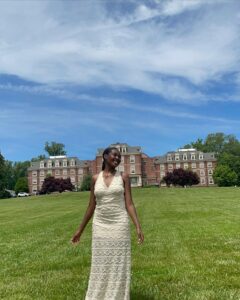 Willingboro, NJ
Willingboro, NJ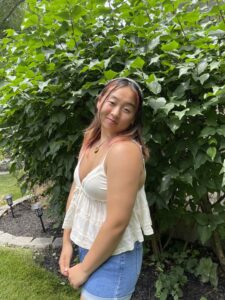 Princeton, NJ
Princeton, NJ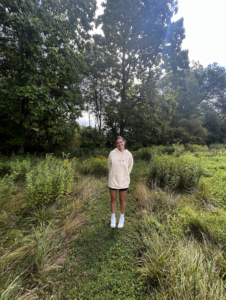
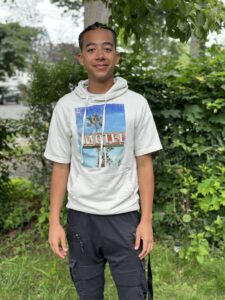 Newark, NJ
Newark, NJ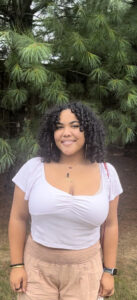 Trenton, NJ
Trenton, NJ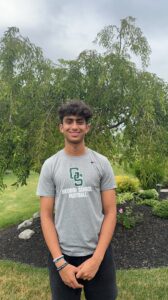 Newtown, PA
Newtown, PA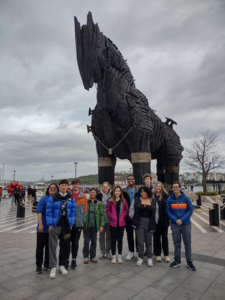
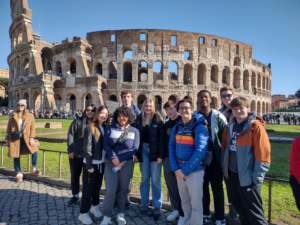
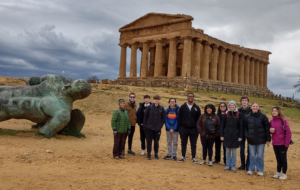

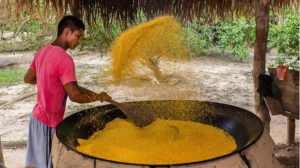


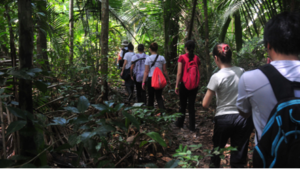
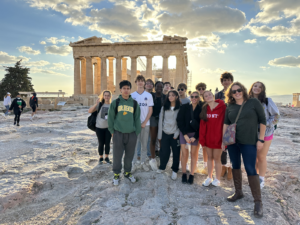
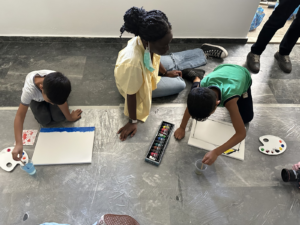
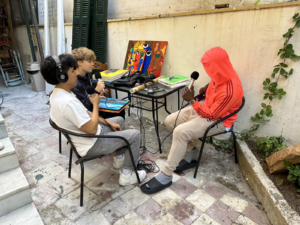
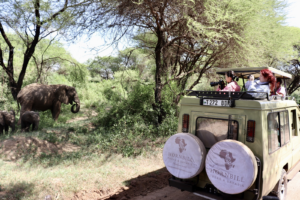
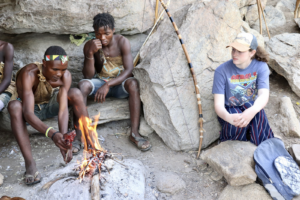
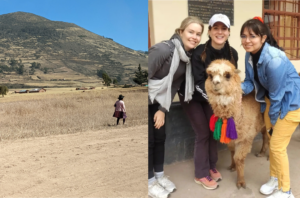
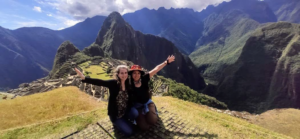
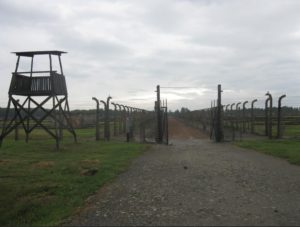

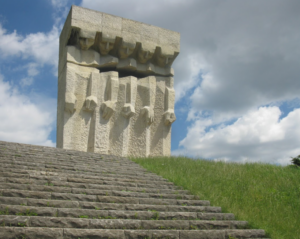
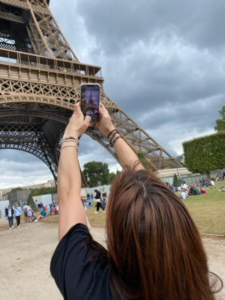
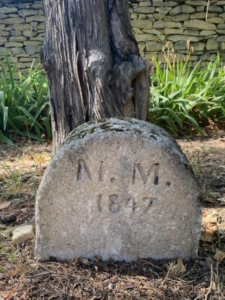
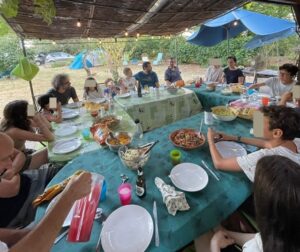
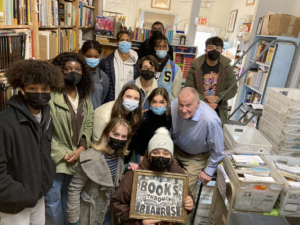
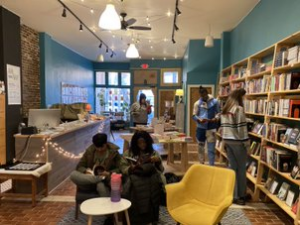
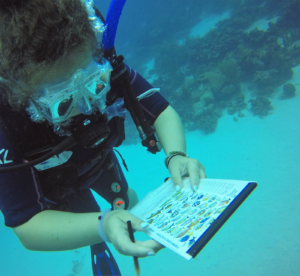
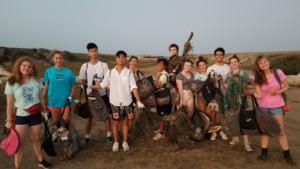
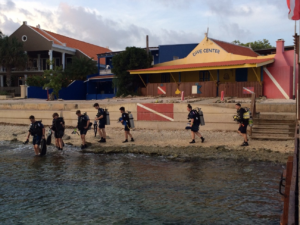
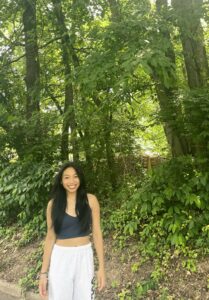 Lawrence, NJ
Lawrence, NJ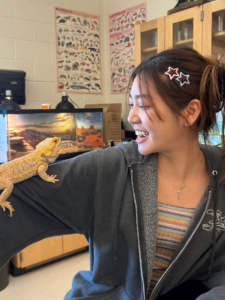 Seoul, South Korea
Seoul, South Korea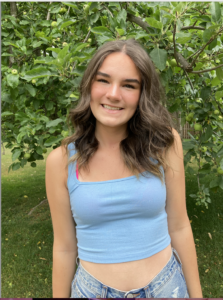
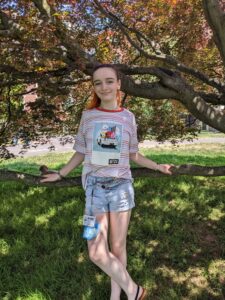 Milwaukee, Wisconsin
Milwaukee, Wisconsin Pennington, NJ
Pennington, NJ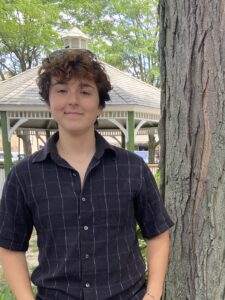 Jenkintown, PA
Jenkintown, PA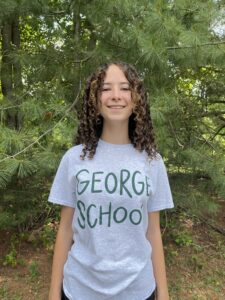 Ottsville, PA
Ottsville, PA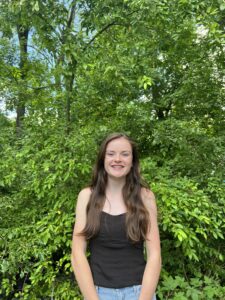 Yardley, PA
Yardley, PA Providenciales, Turks and Caicos Islands
Providenciales, Turks and Caicos Islands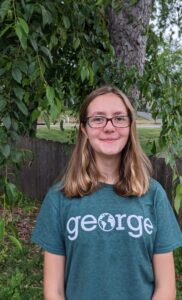 Hopewell, NJ
Hopewell, NJ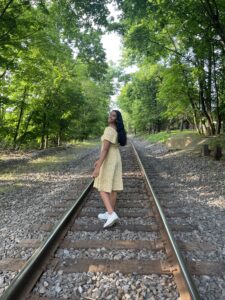
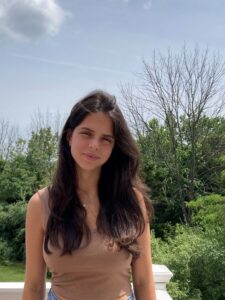 Pottstown, PA
Pottstown, PA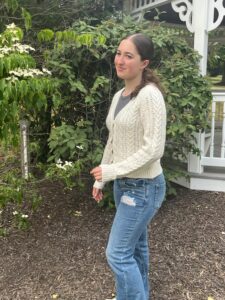 Playa del Carmen, Quintana Roo, México
Playa del Carmen, Quintana Roo, México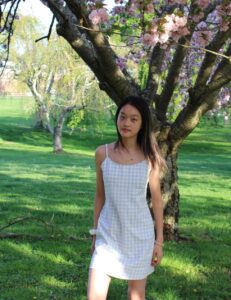 Shanghai, China
Shanghai, China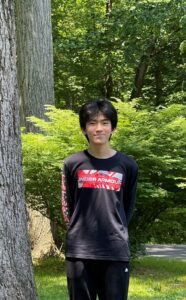 Beijing, China
Beijing, China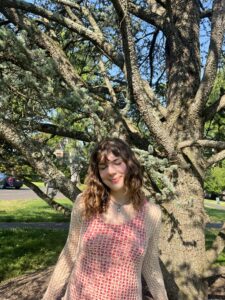 Yardley, PA
Yardley, PA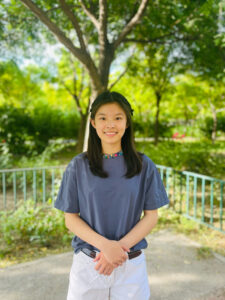 Beijing, China
Beijing, China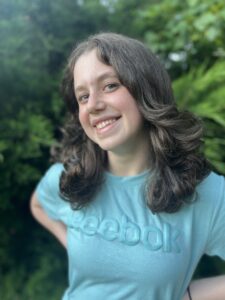 Holland, PA
Holland, PA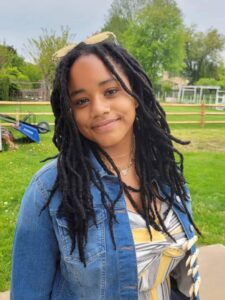 Langhorne, PA
Langhorne, PA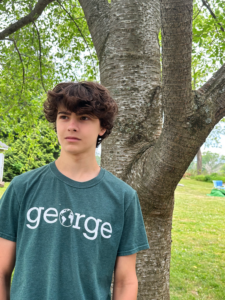 Ringoes, NJ
Ringoes, NJ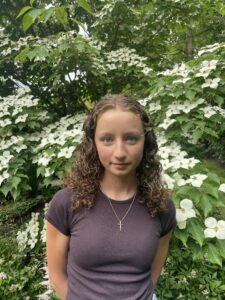 New Hope, PA
New Hope, PA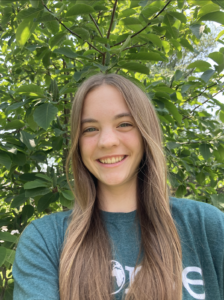 Dreshner, PA
Dreshner, PA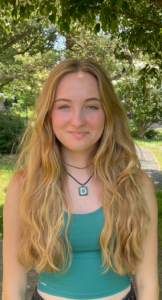 Yardley, PA
Yardley, PA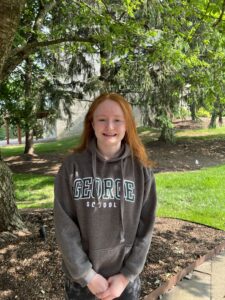 Yardley, PA
Yardley, PA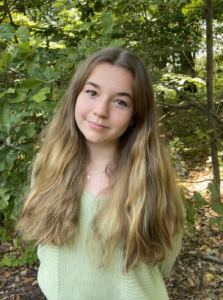 PA
PA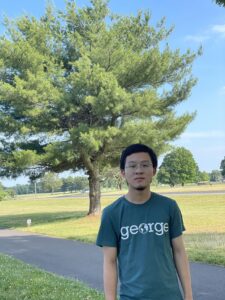
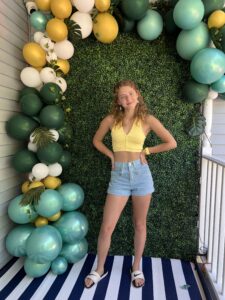
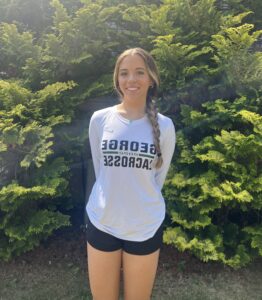
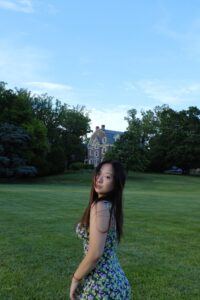 Xi’an, China
Xi’an, China